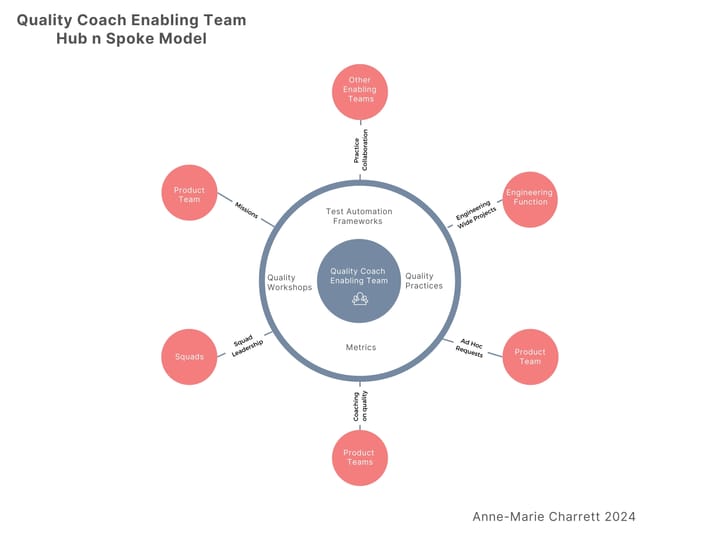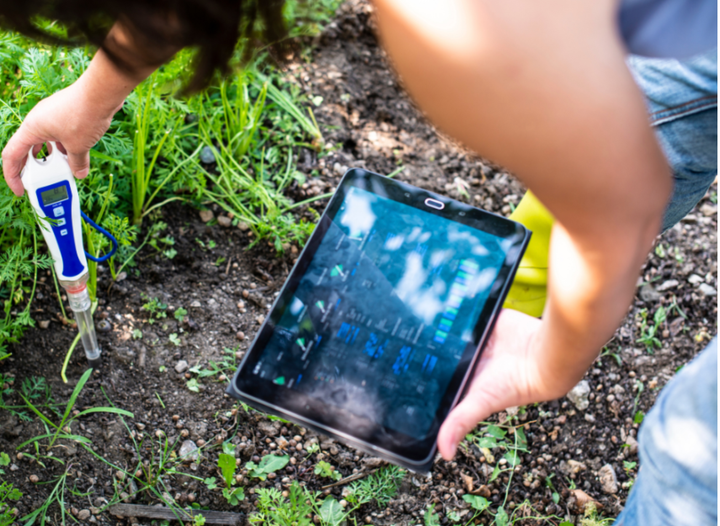Quality Improvement Workshop (run by a Quality Coach)
Quality Coaches, run this workshop to figure out team quality tasks prioritisation using the sailboat analogy. Instructions and a miro board help structure the workshop.

Finding and fixing gaps in quality
A quality coach helps teams discover & fill gaps that impact quality. Call this quality improvement if you like. The focus is less on product quality and more on anything that prevents a team from achieving its engineering objectives that should align with its company-wide strategy.
Over time, I've developed ways in which to help teams identify what their gaps are and work towards building the start of a roadmap to help fix that gap. I use a grassroots bottom-up approach as it offers a team an element of autonomy in what they choose to focus on. The emphasis is on experimentation through performing small achievable tasks that uncover a greater understanding of the nature of the problem ahead of us. This approach allows us to pivot our strategy based on what we learn, reducing the impact of opportunity cost.
Not every company will be willing to sit with this level of ambiguity and may wish greater clarity on your plan to close the gap. A blend of top-down/bottom-up approaches may suit you better. Work with them on that.
The rest of this blog post outlines the workshop and provides some downloadable questions and a miro template to use if you wish to run one.
Quality Coach Sailboat Workshop
Purpose of the Workshop
The engineering quality workshop is used to identify three achievable team tasks that align with your company engineering objectives.
Output
By the end of the workshop, the team will have three small and achievable tasks that can be placed on the team's backlog. Each task will have an owner and an agreed timeframe by which the owner agrees to feedback on progress and learning.
Sailboat analogy
The quality coach sailboat workshop uses the common sailboat retrospective format but with a twist. This time, the workshop is used to scope work instead of reflecting on work.
A massive shoutout to Abby Bangser who as it turns out, also used the sailboat retrospective in this way and who sharpened this whole workshop into what you see today.
The rest of this blog describes the workshop in detail and provides downloads for you to use for your own workshop.


